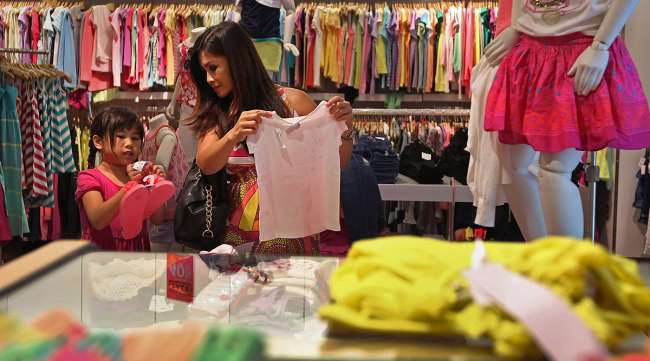Consumer Credit in US Rises by Lowest Amount in Five Months

U.S. consumer debt rose in February by the least in five months as credit card balances stalled, indicating Americans’ appetite for borrowing waned further after a fourth- quarter shopping spree.
Highlights of Consumer Credit Report for February
• Total credit rose $10.6 billion (estimated up $15.5 billion) and follows an upwardly revised $15.6 billion January gain (previously $13.9 billion).
• Revolving credit outstanding rose $148 million month over month, smallest gain since a drop in November 2013, after a $1.45 billion rise in January.
• Nonrevolving debt outstanding climbed $10.5 billion month over month after $14.1 billion January increase.
Key Takeaways
The slowdown in revolving debt, which includes credit cards, helps explain why consumer-spending gains remained relatively sluggish in the first two months of the year.
Growth in nonrevolving debt, which includes education and auto loans, also eased during February. The data is in line with economists’ forecasts of slower real household demand in the first quarter after a robust 2017.
Consumption is nonetheless likely to remain at healthy levels in coming months amid a tight job market, strong confidence and bigger paychecks after the tax cuts. A Labor Department report earlier April 6 showed wage gains picked up in March and the unemployment rate held at the lowest since 2000, while hiring cooled from a robust pace in February.
The Fed’s consumer credit report doesn’t track debt secured by real estate, such as home equity lines of credit and home mortgages.
Other Details
• Lending by the federal government, which is mainly for student loans, increased by $5.4 billion in February, before seasonal adjustment.
• Credit increased at a seasonally adjusted annual rate of 3.3% in February, after 4.9% in January.
With assistance by Chris Middleton




